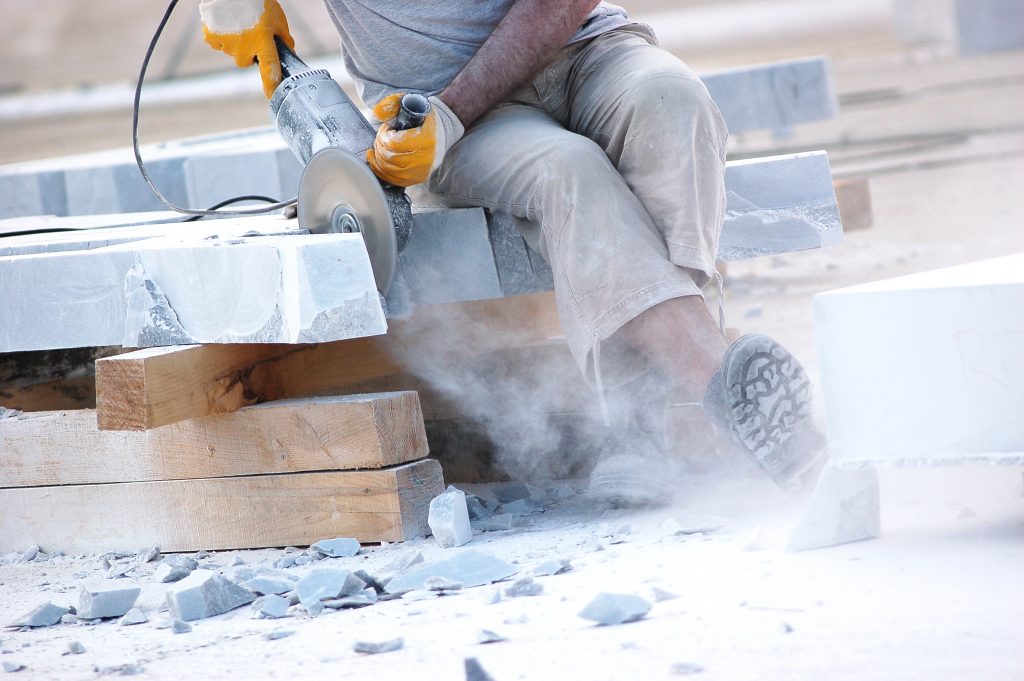In manufacturing, you’re bound to work around dust all the time. If you don’t filter it properly, it’ll find its way into your lungs and eyes, causing an irritation. The process may also create combustible particles that cause further hazards. Other manufactured materials, shares AER Control Systems, can also produce fumes such as Styrene and aldehyde that are carcinogenic
To avoid these from causing harm to you and your employees, you need solutions to control moderate to heavy levels of dust, fumes, smoke, and vapor contaminants emitted during the manufacturing process. You also need to identify the hazardous dusts produced in your manufacturing facility:
Combustible Dust
While there are dusts that don’t pose exposure risks, they can become combustible when they accumulate. This happens when the following factors are present:
- Fuel
- Ignition source
- Oxygen
- Dispersion of dust cloud
- Containment of dust cloud
Resin Dust
While thermoplastic resins don’t have any adverse health effects, other resin dusts, including heated bismaleimide and polyurethane dusts are hazardous. The former causes irritation in the eyes, nose, and throat, while the latter is highly toxic.
Silica Dust
Approximately 2.3 million employees experience exposure to respirable crystalline silica at the workplace and this may cause lung cancer, silicosis, kidney, as well as chronic obstructive pulmonary disease.
The Occupational Safety and Health Administration recently pushed back the enforcement of the new respirable crystalline silica standard to September 23, 2017. The OSHA intends to provide further guidance about the rule, which will save more than 600 lives and provide net benefits of at least $7.7 billion.
Dust control improves the operation of your facility. Because dust is constant, you need a reliable company to provide solutions. When you have it under control, you benefit from the following:
- Reduced chances of cross-contamination
- Less downtime due to dust accumulation
- Improved health and safety for the employees
Overall, taking care of dust in your facility is good business.

